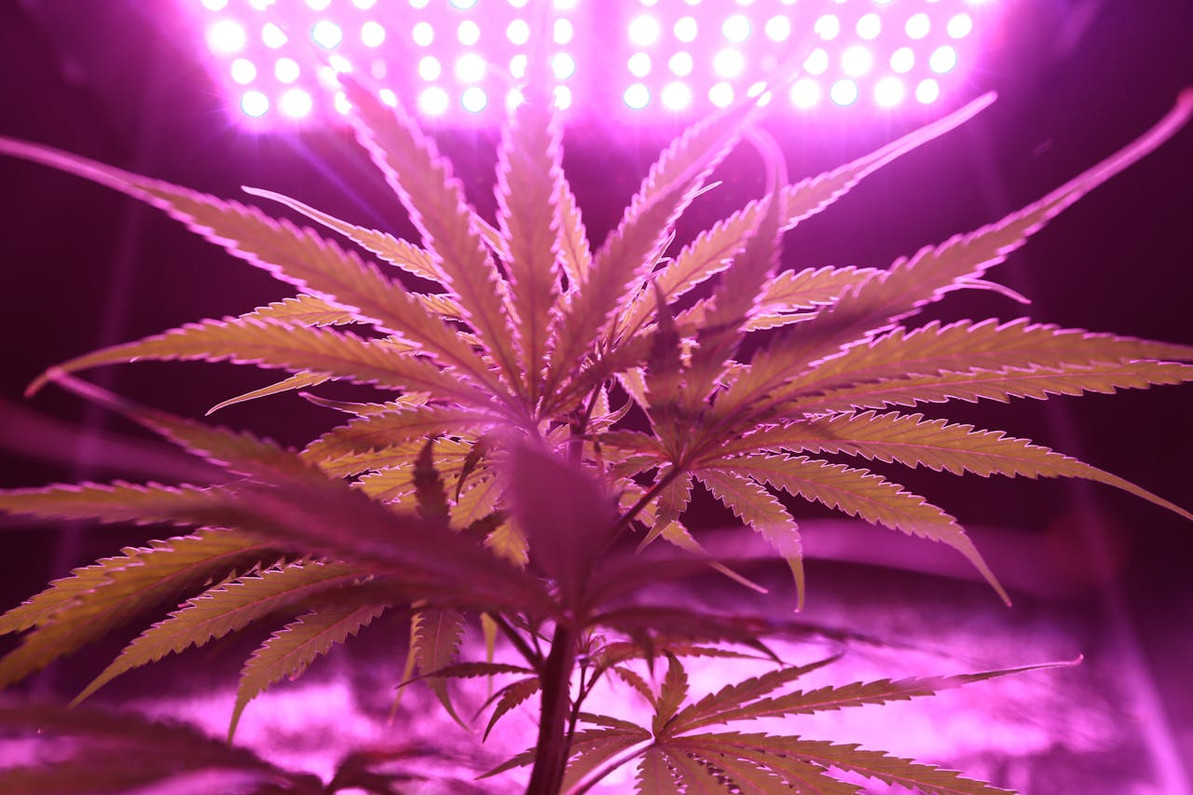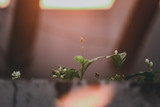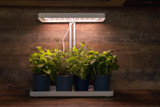Troubleshooting Heat Issues with LED Grow Lights
Growing cannabis indoors presents both exciting opportunities and unique challenges. One of the most crucial aspects of indoor cultivation is lighting. The right lights can mimic the sun and help plants thrive, while poor lighting can lead to weak growth and disappointing yields. LED grow lights have become a favorite choice for many growers due to their energy efficiency and ability to support robust plant growth. However, even these advanced lights can sometimes lead to heat issues, which can stress plants and hinder their development.
When you start seeing signs of heat problems in your grow room, it's important to address them promptly to maintain a healthy environment for your plants. Understanding why these issues occur and knowing how to tackle them is essential for every indoor grower using LED technology. Let's explore how to identify and troubleshoot heat issues so that your plants can enjoy optimal conditions and deliver the lush, abundant harvests you’re aiming for.
Understanding Heat Issues with LED Grow Lights
LED grow lights are known for their efficiency and lower heat output compared to other lighting options. However, they can still generate enough heat to cause problems if not managed properly. Heat issues might occur due to various factors, like poor ventilation or excessive light intensity. When the heat builds up in a grow room, it can lead to an environment that's too hot and uncomfortable for the plants. This is especially true in smaller spaces where airflow is limited.
There are several reasons why heat might build up with LED grow lights:
- Limited Ventilation: Without proper airflow, hot air can get trapped, raising the temperature.
- Close Proximity: Placing lights too close to the plants can intensify the heat exposure.
- Inadequate Cooling Systems: Not using fans or exhaust systems can lead to stagnant air.
Understanding these common causes helps in identifying the necessary steps to prevent heat issues before they impact plant health. Awareness and timely action are key when it comes to maintaining a balanced environment that supports vigorous plant growth under LED lights. By prioritizing correct installation and equipment arrangement, you can significantly reduce the chances of encountering heat-related problems.
Identifying Symptoms of Heat Stress in Plants
Recognizing heat stress in your plants is crucial to preventing damage before it becomes severe. Keep an eye out for the following symptoms:
- Wilting: If you notice your plants begin to droop or look limp, they might be suffering from excess heat.
- Leaf Curling: Leaves that curl upward or inward are trying to escape the heat.
- Discolored Leaves: Yellowing or browning of leaves, especially around the edges, can indicate overheating.
Monitoring your plants regularly can help catch these warning signs early. Ensure that you inspect them daily for any changes. Consider using a thermometer to monitor the temperature levels in various parts of your grow room. Setting up a hygrometer to track humidity levels can also help you manage the climate better.
Effective Methods to Manage and Reduce Heat
Once you've identified that heat is an issue, there are several strategies you can use to manage and reduce it. Proper ventilation and improved airflow are key components that will help maintain a more comfortable environment for the plants. Here are some effective methods:
- Enhance Airflow: Make sure your grow room is equipped with fans to keep the air circulating. Oscillating fans work wonders to ensure uniform airflow throughout the space.
- Optimize AC Use: If the existing ventilation isn't enough to control the temperature, using an air conditioning unit might be necessary to maintain suitable conditions.
- Adjust Light Placement: Moving LED lights higher or adjusting their angle can decrease the direct heat felt by the plants. Aim to find the best placement where the lights provide sufficient illumination but aren't too close to the leaf canopy.
Creating the right conditions through these methods facilitates healthier plant growth, minimizing the risk of heat-related issues.
Additional Tips for Optimal LED Grow Light Performance
Fine-tuning your light settings and maintaining your equipment is just as important as managing heat. Here are some tips to maximize the efficiency and impact of LED grow lights:
- Light Scheduling: Stick to a consistent light and dark cycle that aligns with your plants' natural growth stages. Adjusting the duration and intensity according to the specific needs of each growth phase helps in preventing heat stress.
- Regular Maintenance: Keep your lights clean and check connections routinely. Dust and debris can block light and reduce efficiency.
- Choose the Right Model: Selecting the right LED grow light can make a significant difference. Look for lights that offer adjustable settings and are known to disperse heat effectively.
These additional steps can ensure your grow room remains a thriving environment that supports your cannabis cultivation goals. By implementing these measures, you're investing in a process that leads to rich, healthy crops.
Take control of your cannabis growing environment with Shore Grow's expert solutions. Discover how managing heat issues alongside the right tools can enhance your indoor cultivation. Explore our selection of LED grow lights designed to create optimal conditions for thriving plants. Let’s grow healthier plants together!
Recent Posts
-
How to Adjust LED Grow Light Settings for Optimal Growth
LED grow lights have become a favorite tool for many cannabis growers, thanks to their efficiency an …Oct 29th 2025 -
Must-Have Lighting Accessories for Any Grow Room
Starting a cannabis grow room can be quite an adventure, especially when it comes to picking the rig …Oct 29th 2025 -
Tips for Resolving Inefficiencies in High Intensity Discharge Lamps
High Intensity Discharge (HID) lamps play a crucial role in hydroponic cannabis cultivation, offerin …Oct 22nd 2025




